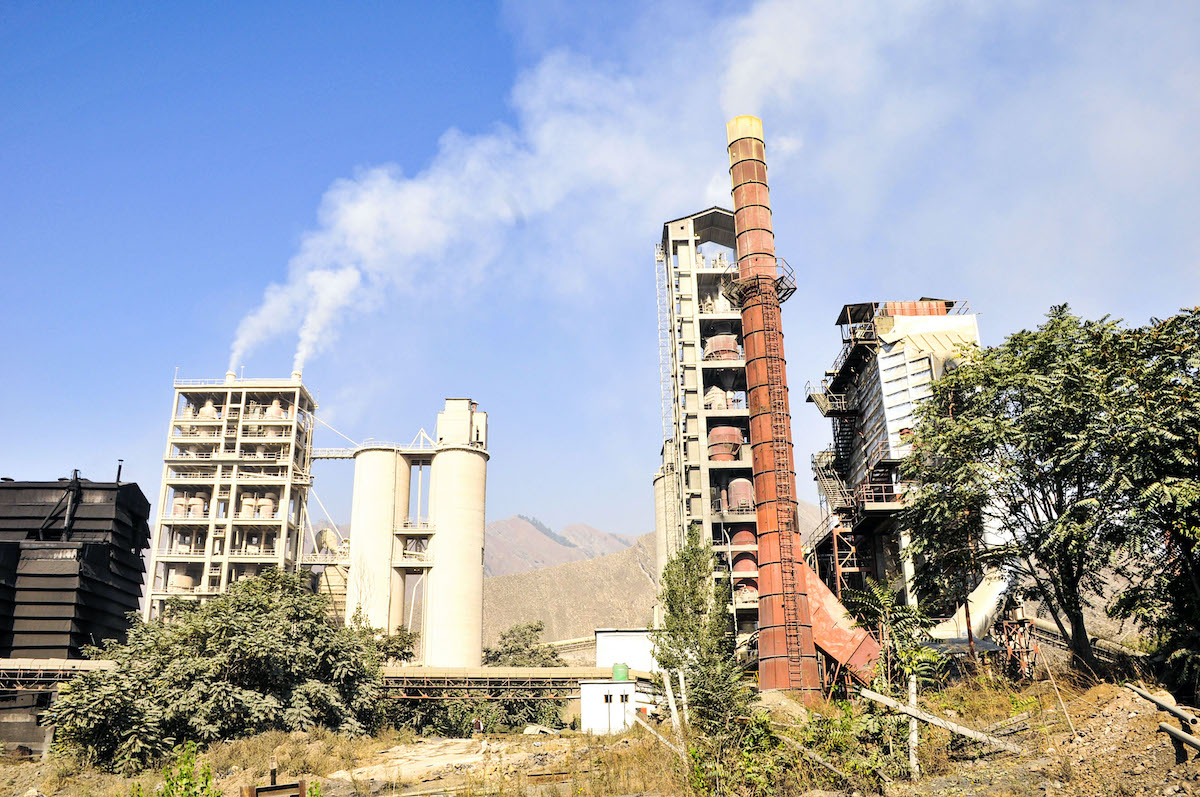by Era Dabla-Norris and Esfandyar Batmanghelidj

Global growth has progressively weakened in the past two decades. What is particularly worrisome is that global growth prospects have dimmed, especially for emerging markets and developing economies.
According to the International Monetary Fund’s October 2023 World Economic Outlook report, global growth is expected to average 3.1% in the five years between 2024 and 2028 – the slowest rate in decades. This compares with a historical GDP growth rate of 3.8% achieved between 2000 and 2019.
The slowdown among emerging markets and developing economies is particularly pronounced, with countries expected to grow at an average rate of just 4% across the next five years compared to 5.5% between 2000 and 2019.
Expressed in terms of GDP growth, the slowdown may not seem alarming, but it reflects worrying secular trends that are undermining long-standing drivers of economic growth. Of particular concern is the decline in productivity growth – the crucial driver of long-term improvements in living standards – a trend that predates the pandemic. The rate of global productivity growth between 2015-2019 was just one-third of the levels in 2000-2004.
Falling productivity is the largest contributor to the deceleration in growth in the last two decades across all country groups, but it has been exacerbated by other factors. Just under half of the projected global growth slowdown is due to demographic factors, including slowing working-age population growth and declining workforce participation as populations age, particularly in advanced economies and large emerging markets.
Another major contributor to the slowdown in global growth is a global decline in investment. The lingering effects of the global financial crisis on capital formation have been compounded by the pandemic. According to the World Bank, the global gross fixed capital formation remains nearly 10% below its pre-pandemic trend. Expectations of weak future growth may become self-fulfilling as low expected rates of return deter investment in physical capital and new technologies, potentially leading to a low-growth trap.
Alongside these worrying secular trends, global growth is also increasingly threatened by climate change. Estimates of the climate’s impact on economic growth vary widely, but research suggests that this impact could be lasting, widening existing disparities. An IMF study suggests that in the absence of successful mitigation, rising global temperatures will have a long-term negative effect on labour productivity and, therefore, real output per capita.

For many vulnerable countries, both rich and poor, the effects of climate change on per capita output will be severe, especially as rising temperatures contribute to more extreme weather events, which can damage infrastructure, endanger human health and hurt productivity and jobs.
Climate change already inflicts lasting macroeconomic costs in fragile, conflict-affected states in Africa. Cumulative losses in GDP have risen to about 4% in fragile states three years after extreme weather events, compared with around 1% in other countries. Droughts are expected to cut about 0.2 percentage points from per capita GDP growth in fragile states every year. This means that incomes in fragile states will fall further behind those in other countries.
Policy-makers are increasingly aware of the slowdown in global growth and are mulling how to get growth back on track. These debates are taking place against the backdrop of rising concerns about debt sustainability and a more constrained fiscal space to cope with future shocks.
Implicit in most warnings about the emergent low-growth regime is the idea that higher growth rates should be the goal of economic policy-making. But by treating growth as a goal, there is a risk of neglecting the factors that underpin growth, such as innovation, technology diffusion and ultimately productivity.
This negligence has also given rise to the notion in some corners that “degrowth” is a better aim for economic policy in light of growth’s historical carbon intensity and environmental degradation.
To address the challenges of the time, higher growth rates must be considered a tool, not a target, for economic policy-makers. Growth underpinned by resurgent productivity and renewed capital formation is necessary to address fiscal pressures, demographic shifts, geo-economic fragmentation, climate risks and long-standing development gaps.
Without this, advanced and developing economies alike will struggle to put in place the green technologies needed for the transition to a low-carbon future and may fail to adopt the artificial intelligence solutions needed in response to shifting demographics.
Restoring growth is also essential to maintain buy-in from electorates around the world, especially as improvements in living standards in emerging markets and developing economies slow or stagnate, delaying the long-promised convergence with living standards in advanced economies.
Adequately distributing the gains and opportunities brought by this resurgent growth is necessary not just to protect the vulnerable and ensure social support for ongoing transitions, but also to support growth itself.
It is becoming increasingly urgent to address the climate crisis, compensate for demographic decline and raise living standards for those still mired in poverty, but declining growth prospects mean it is less and less likely that this ambition will be realized.
The goals of economic policy-making are clearer today than ever before. It is time to focus on long-term growth as the means to achieve those goals.
(Era Dabla-Norris is Deputy Director, of the Fiscal Affairs Department, International Monetary Fund and Esfandyar Batmanghelidj is Chief Executive Officer, of Bourse & Bazaar Foundation. The authors are members of the World Economic Forum’s Global Future Council on the Future of Growth, part of the Future of Growth Initiative. This World Economic Forum article is republished under the Creative Commons Attribution-NonCommercial-NoDerivatives 4.0 International Public License)















